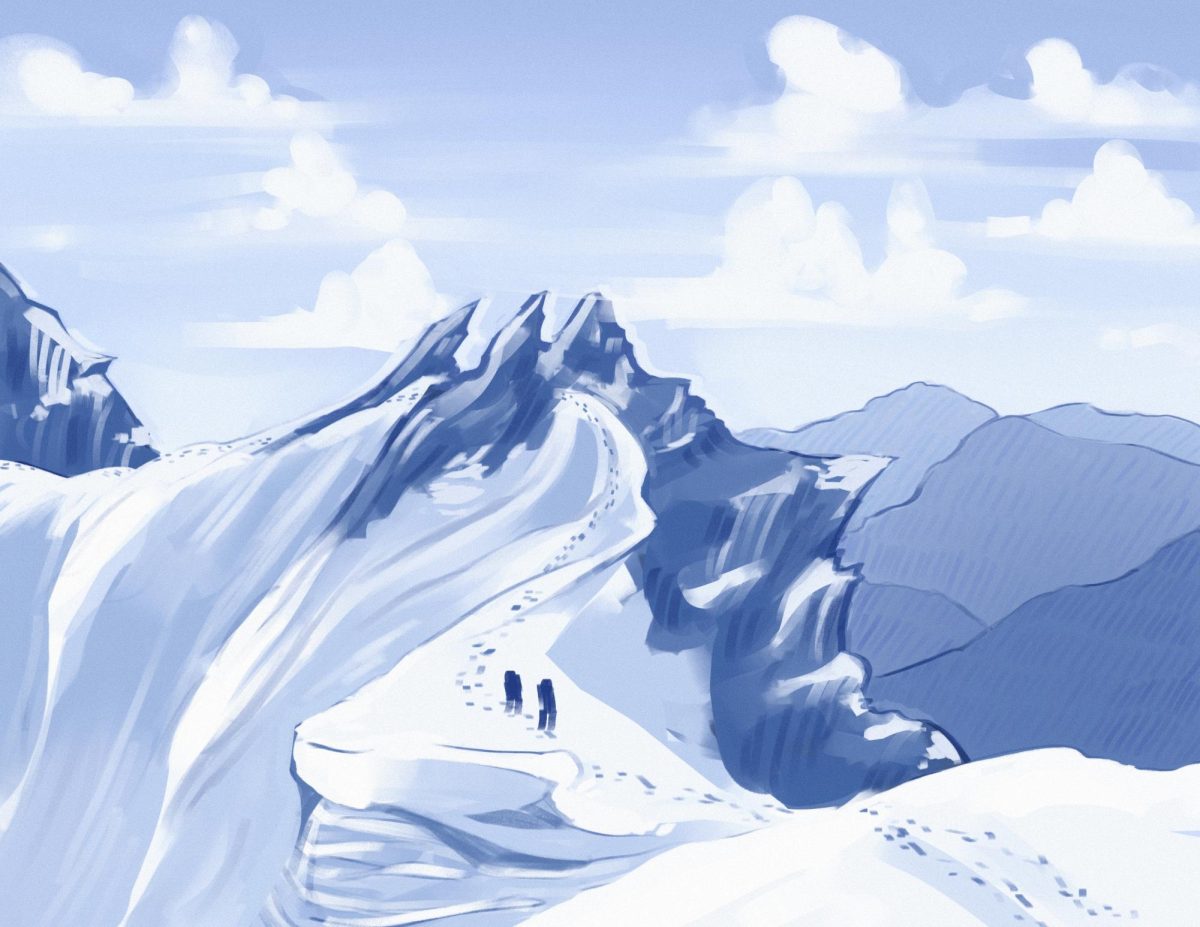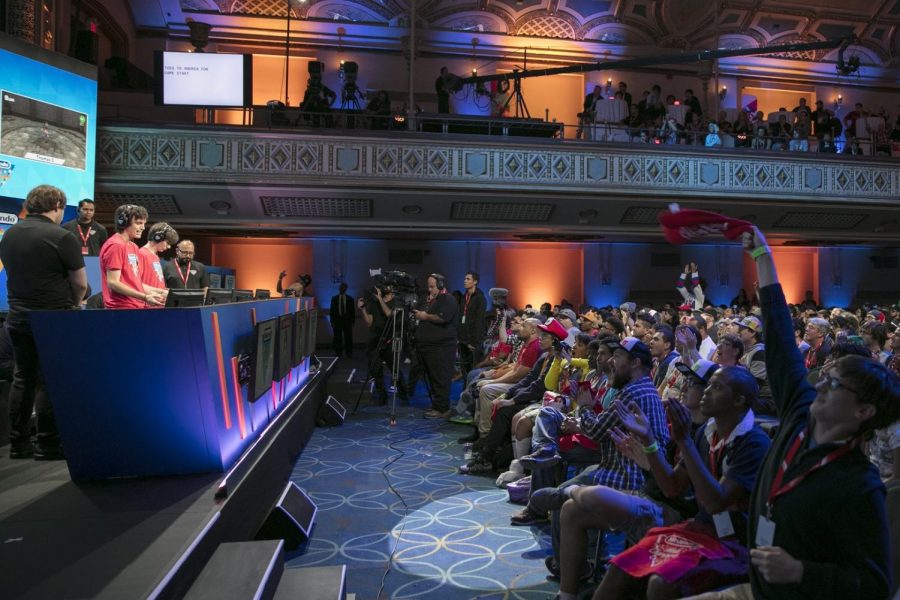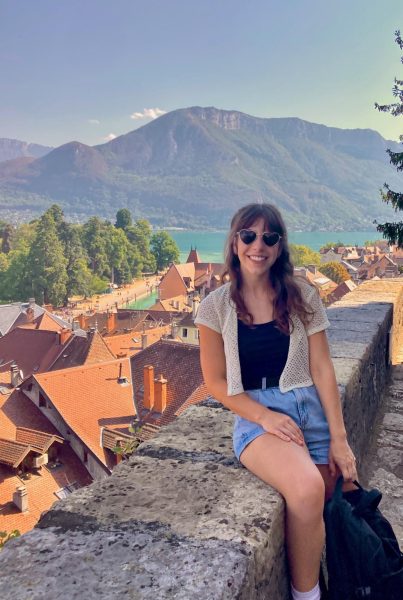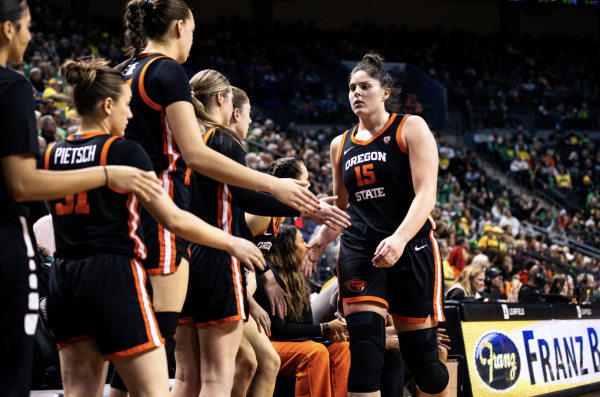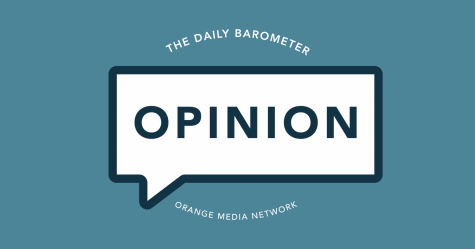Nintendo Creators Program launches ‘Let’s Play’ videos
October 16, 2017
Creators allowed 60 percent of video profits.
YouTube is the great device of procrastination. The videos on the channel range from animation to makeup reviews. However, according to YouTube analytics, 63 percent of YouTube’s content is video game related.
The biggest use of games on YouTube is what’s known as a “Let’s Play,” a style of video where people play the game, commentate and crack jokes to make an entertaining video. “Let’s Play” player groups like “Achievement Hunter,” “Smosh Games,” “Funhaus” and many more have made these the primary videos on their channels. Most video game companies are fine with these videos, except for Nintendo.
Nintendo is one of the biggest names in gaming and it has certainly been around the longest.
“I love Nintendo,” Hayden Cecil, new media communications major and video game speed runner, said. “They’ve provided me with thousands of hours of entertainment throughout my life, and they’ve always shown that they care about their products and their customers.”
Nintendo cares about the representation of their products. It is the reason they shut down fan projects like “Pokemon Uranium” or the fan remake of “Metroid 2.” The problem with Nintendo’s protective nature of its brands comes when Nintendo messes with “Let’s Play” videos.
Many YouTube videos get monetized, meaning the creators get a certain amount of money based on how many of their videos people watch. Essentially, Let’s Players are making money by mixing other people’s games with the host’s unique style of humor. Nintendo had problems with these ideas, and through a deal with YouTube, the company made any video with Nintendo content demonetized.
Initially, Nintendo received some media backlash from this decision. Eventually, they launched the Nintendo Creators Program as a response to the problem. The program entails registering your YouTube account and a PayPal account with Nintendo. You then receive 60 to 70 percent of the normal profits of a video.
There are, however, requirements for the creators. For example, creators must register all of their videos with the program, they are not allowed to live stream content and the channel must have at least 10,000 public channel views.
On the one hand, the Nintendo Creators Program is a good deal for contributors. 60 percent of the profits is much better than 0 percent. You also have the ability to collaborate with other creators in the program.
However, the restrictions are bountiful. While the channel view requirement is normal since it is the requirement for general monetization, the livestream ban forces creators to either make a new account to stream or move to another website, like Twitch.
“As a Gamestop employee, I think Nintendo thinks themselves bigger than their actual britches,” Emmy Markham, new media communications and GameStop employee, said. It’s rather annoying, the way they handle their consumer market. Sure, they’re a massive company and they’ve served us well. I love what they produce, but they act like they can do no wrong.”
Nintendo’s games get views. Nintendo is a big name and their games are even bigger.
“They push the envelope with their new consoles every time and force everyone else to catch up,” Jacob Ficker, computer engineering major, said. “They’ve also been making copies and different versions of the same games for years, but unlike other companies, their games never get old.”
Nintendo is very set in its ways on the use of its content. They have become a bit more lenient with games like “Fire Emblem Warriors” and “Mario + Rabbids: Kingdom Battle,” but it will take some time for Nintendo to give up on this YouTube battle.
What do you think of the Nintendo Creators Program? Let me know and shoot me an email at [email protected]. Remember to send me anything you want to see covered as well. Until next time, excelsior.





